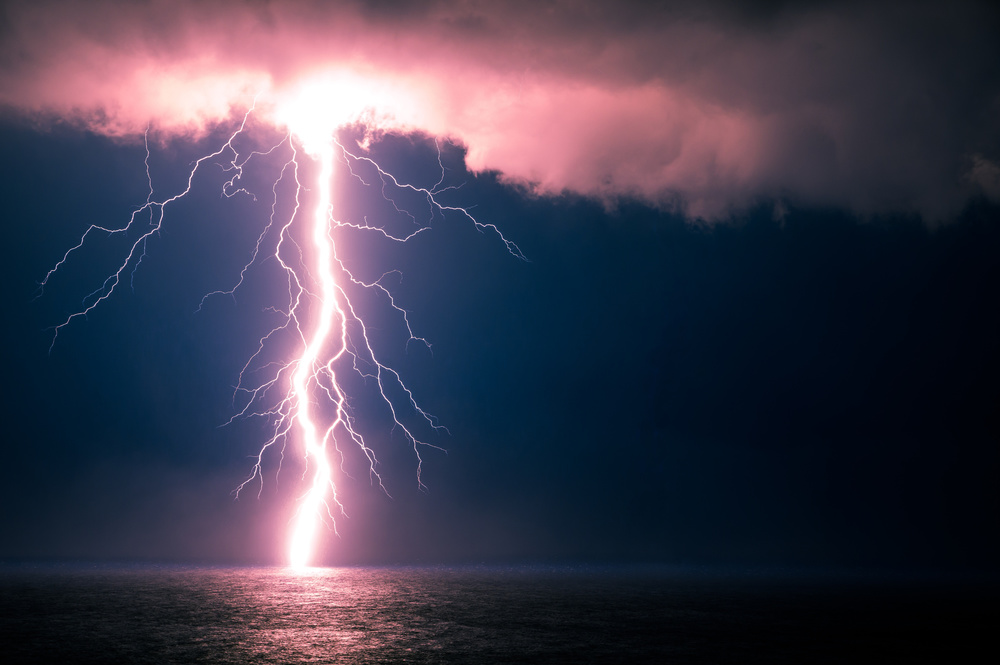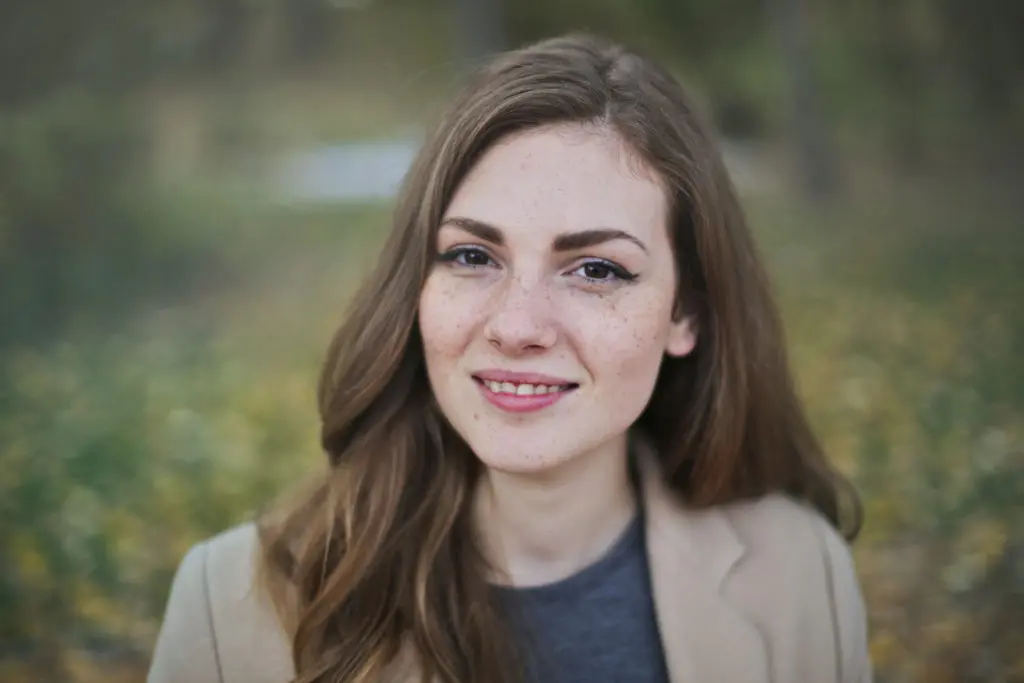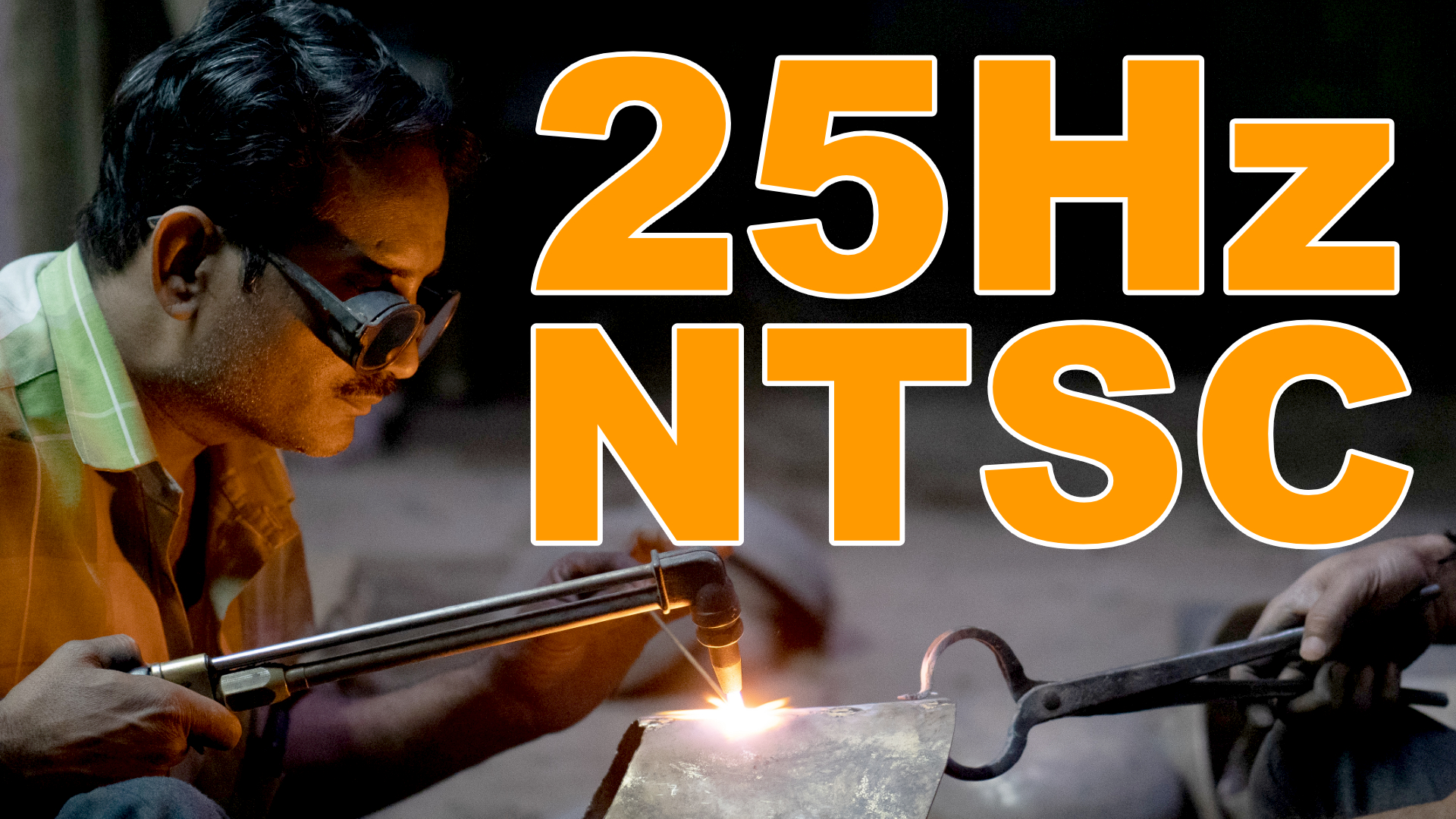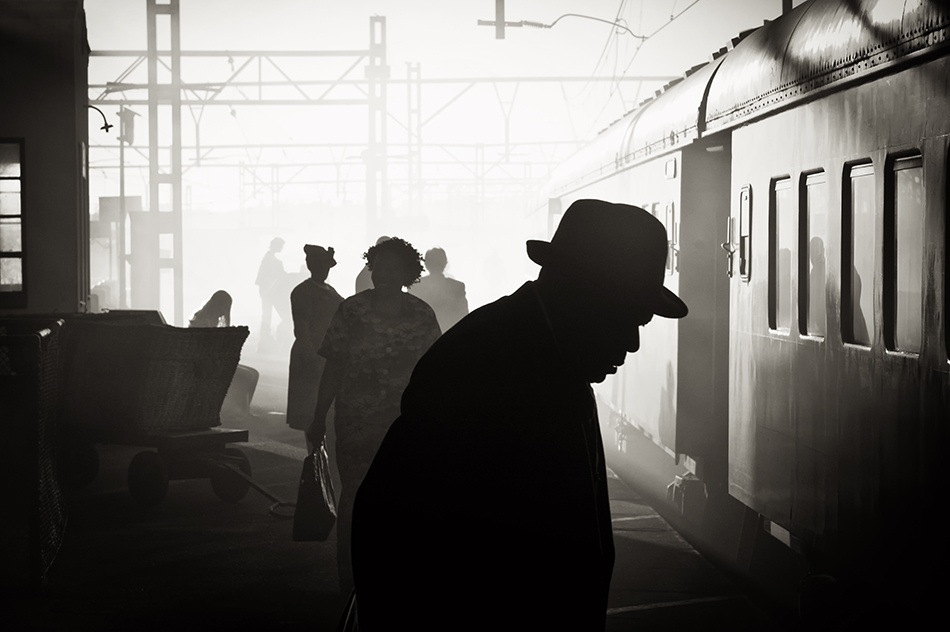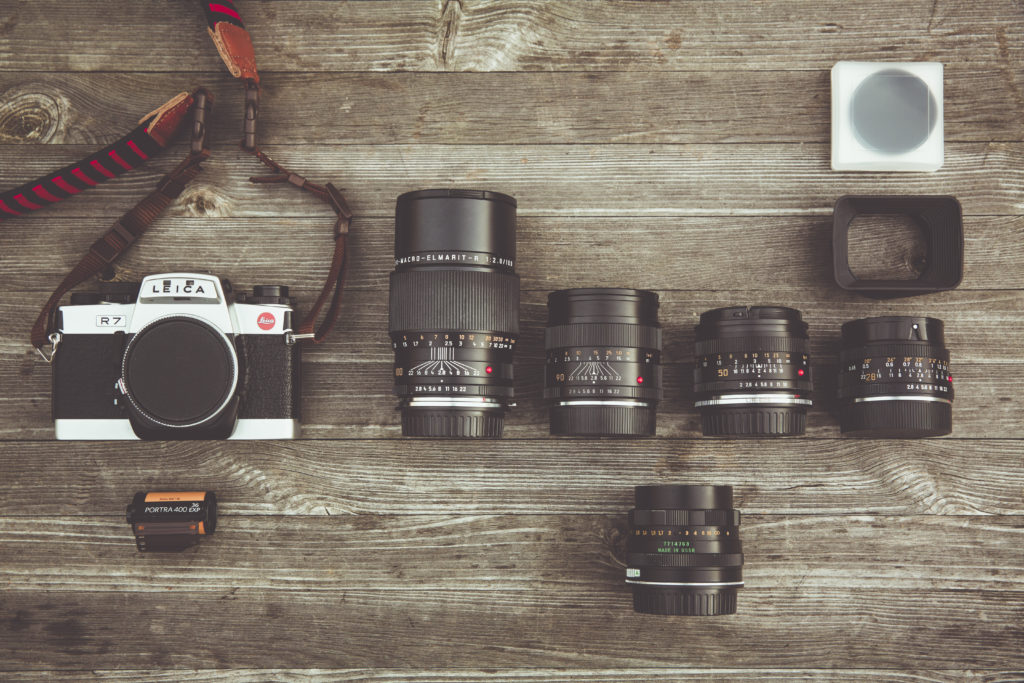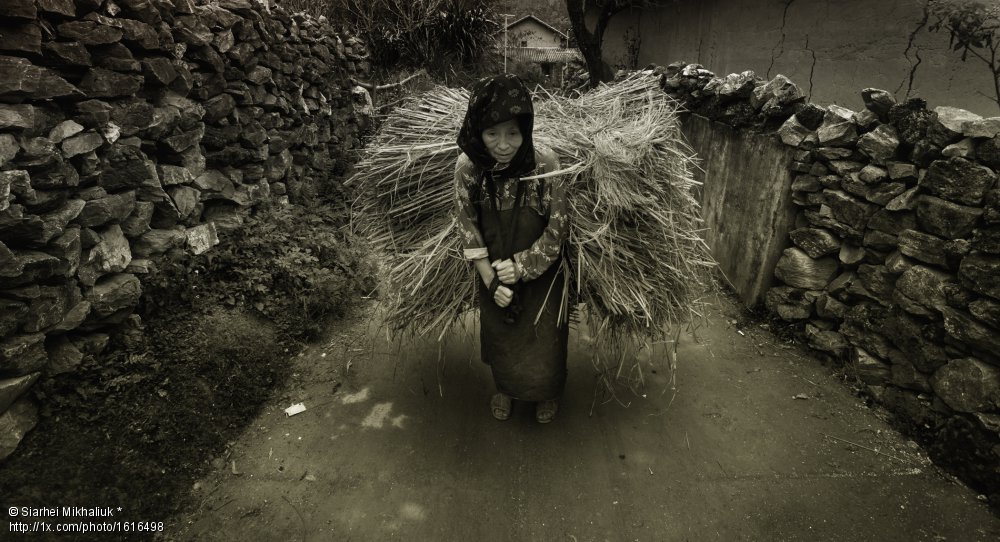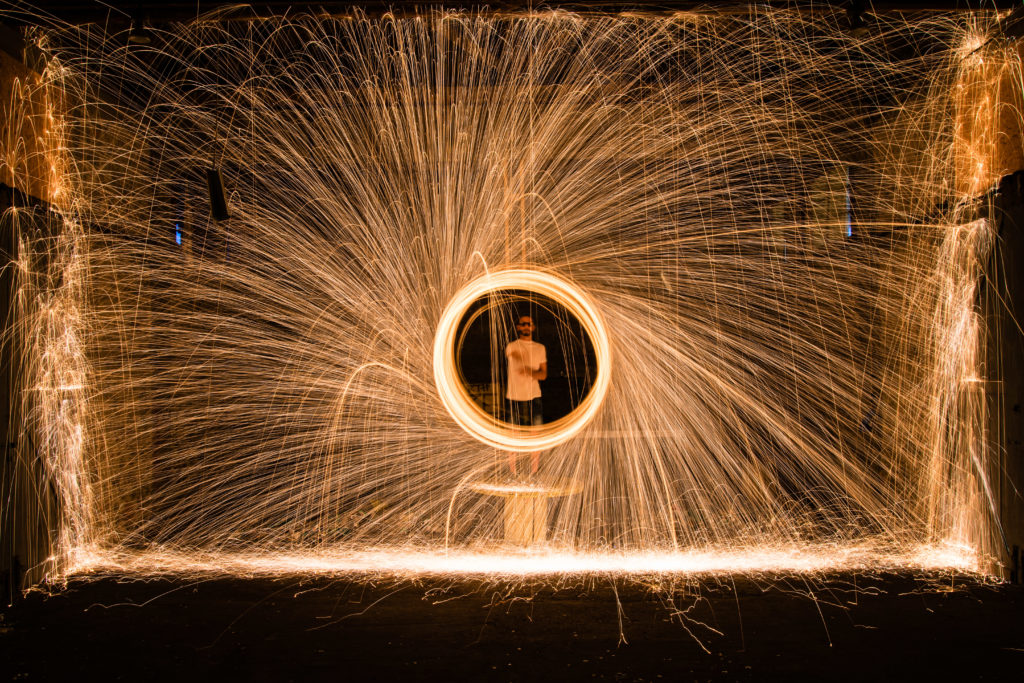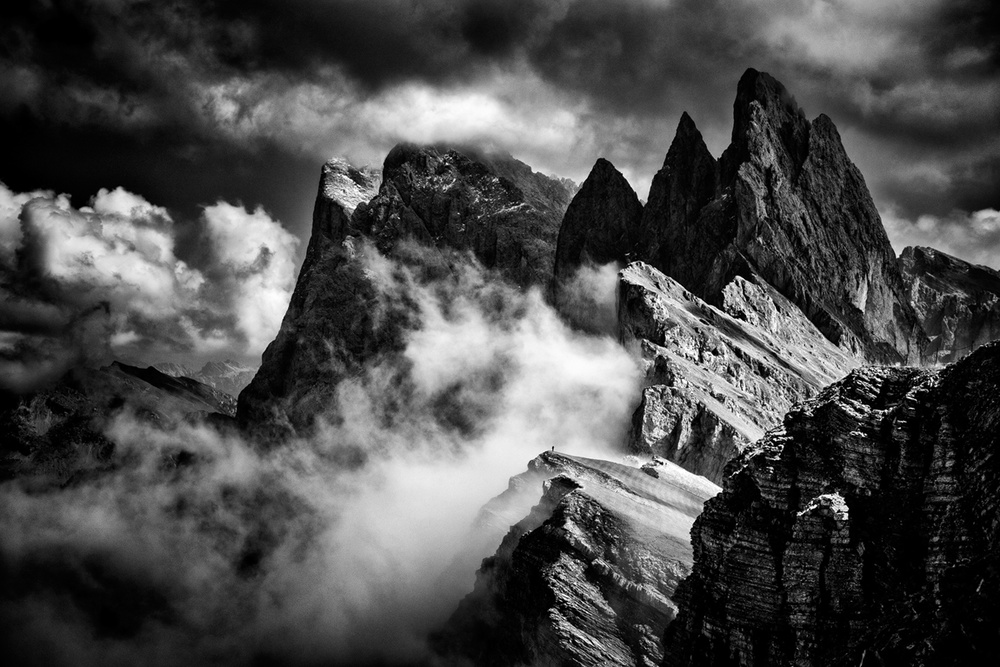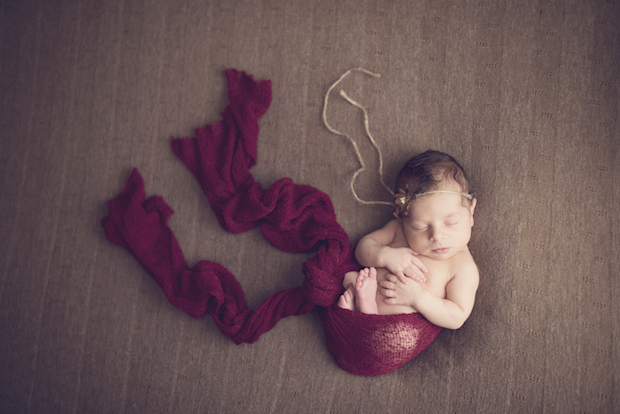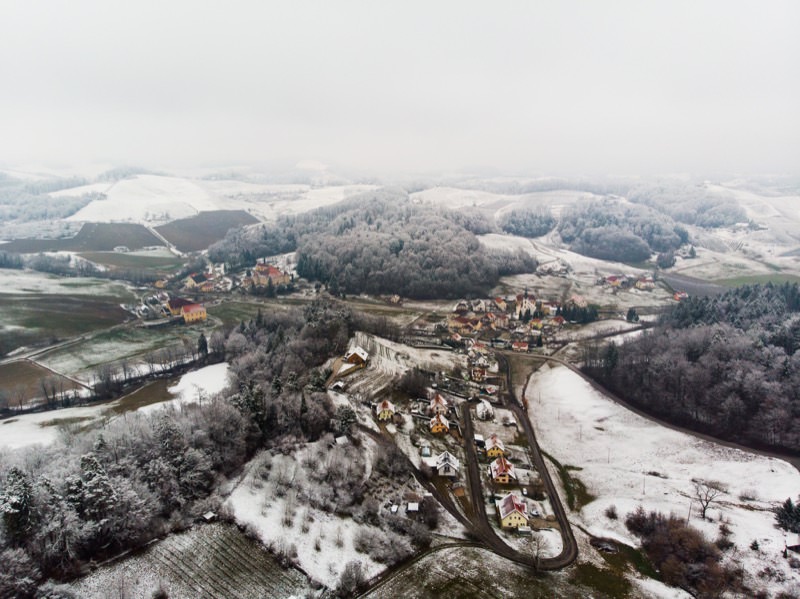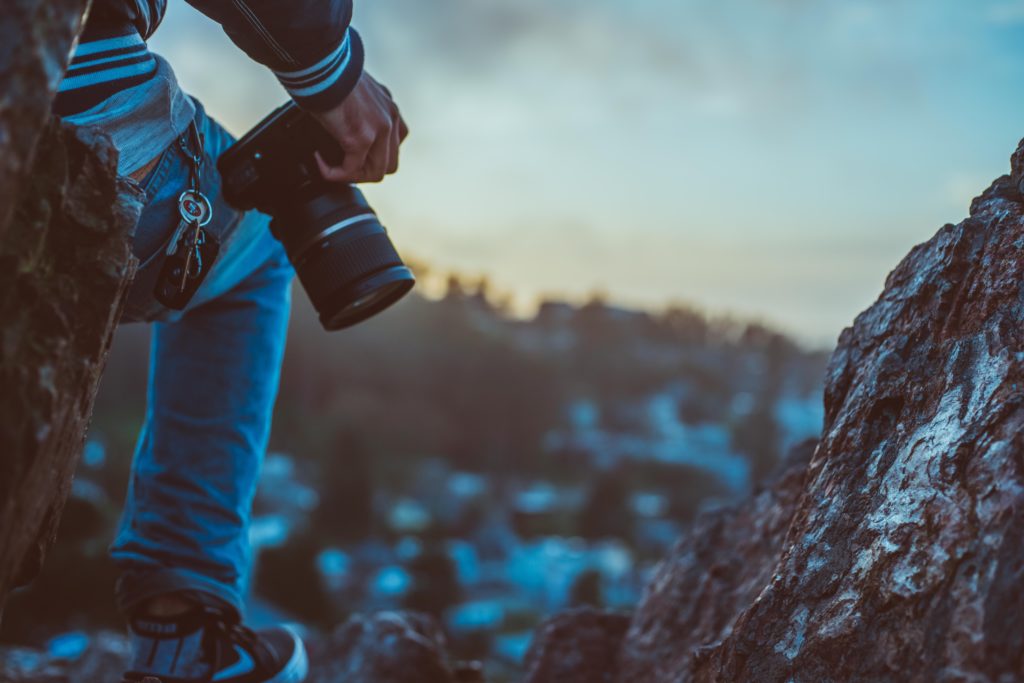Tips & Tricks
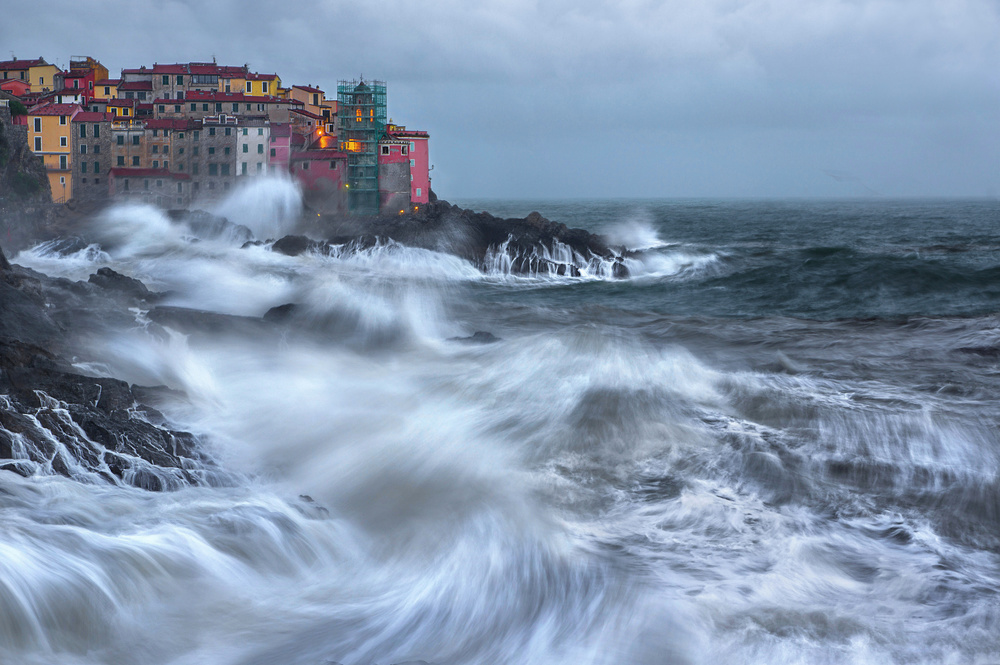
Alessandro Traverso: Photographer of the week
1x Blog-Tips & TricksFor Alessandro Traverso photography is pure Art. He calls himself a beginner in spite of the great photographs to be seen in his portfolio. Alessandro continuously strives to improve his skills. He succeeds in a wonderful way through his work to show us his photographic commitment, passion and desire to reflect his inner personality. All his images are a reflection of his soul. Let's go through this interview to discover much more about the man behind his work. Enjoy ...
Briefly tell us about yourself, your hobbies and other jobs, Alessandro.
I’m 60 years old and I was born in Genova, the city were I still live.
I graduated in political sciences, I’m married with Orietta with whom I share my passion for photography. I’ve got two sons.
In my youth I worked as a mechanic, I taught for a few years juridical and economic topics at school and in the last few decades I managed portfolio investments as a bank employee.
I retired one year in advance from my job, therefore I can now dedicate more time to my favourite hobby. Photography, of course.
I’m not particularly good in expressing myself with words but hope my photographs will tell a bit more about who I am ;-)
How has your history and life experiences affected your photography? Which are your most important experiences that has influenced your art?
Since my youth I was attracted by figurative arts.
I was quite good with pencil drawing, charcoal drawing and so on, but I have no predisposition for music or music instruments.
When I was in my 20s I had my first camera, a Reflex Zenit E, and learned the basics of photography. I made some shots but I didn’t develop the films myself.
In those days I wasn’t so involved in this hobby, in fact I gave it up for quite some time.
5 years ago I bought a Reflex digital camera a new world opened up to me with all the digital advantages: lesser expensive, more practical and moreover the endless possibilities to express myself by file processing.
I was attracted again by photography especially since I was aware of upcoming eye problems. Luckily I still have a good eyesight but I don't take it for granted.
Photography stimulates me to observe carefully everything that I find beautiful in my surroundings.
Can you describe your overall photographic vision?
The digital camera and many PC tools through which we can express ourselves regardless of the different genres of photography are really important.
For me photography is an art. Behind each photograph there is something well-defined, planned or not, but it may not show lack of commitment, passion, or the desire to reflect the inner person. A piece of the author’s soul has to be seen by the viewers.
Why are you so drawn by landscape photography?
Because you are in contact with nature, because it gives you the opportunity to visit distant places of incredible beauty but above all to rediscover the beauty of nearby places that are otherwise not sufficiently appreciated.
I am lucky to live in Liguria, a rugged land between the mountains and the sea, whose charm I discovered recently since I took up with photography again.
What is more important to you, the mood,/story behind your images or the technical perfection?
Technique is essential to achieve the final result, but the true purpose is to create an image whose visual impact hits the viewer in a stimulating way.
I think that a photograph should be seen in its entirety and the three elements mentioned above must coexist in harmony.
The ones that think they have reached perfection have come to an end of their journey, they aren’t spurred to explore other roads. And I’m still very far away from thinking that I reached perfection!
A picture always has to tell a story, even though it is more or less important according to the different genres.
As an example, I like to mention the well-known photograph winning the World Press 2016, “Hope for a new life” by Warren Richardson.
In this case the mood and above all the story told hit hard the observer, despite the technical quality of the shot.
What generally is your relationship to your subject matter beyond being an observer?
A subject I love shooting are lightnings.
They are pure energy that is unleashed when and where you cannot know.
The naked eye cannot catch but a glimpse of all those details, but the lens of the camera can catch every single one of them. With a little bit of experience and luck.
I want to communicate a little bit of that strength, of that energy that in an instant expresses itself in such violent and dramatic way.
We aren’t just observers, we are part of the mystery of the existence and being aware of that, it helps to establish an empathic relationship with what we photograph.
Do you prepare carefully the locations where you are intending to photograph?
If possible I visit multiple times the location I intend to photograph especially if these places are close enough to home.
Particular weather and light conditions are essential for good results, therefore I consult the weather forecasts while waiting for good opportunities such as storms.
However, I don’t think it’s possible to foresee everything, in fact many times exploration, chance, and luck are important parts of our hobby.
As for travelling, I am very lazy and I’m afraid of planning. Booking flights and accommodations already stresses me out but, fortunately, my wife is very organized and she takes care of all that. I'm grateful to her and it makes me very happy to travel and to be able to experience the thrill of photographing places of extraordinary beauty.
What gear do you use (camera, lenses, bag)?
I’ve got a Pentax K3II but I use mainly a Pentax DA HD 16-85mm f/3.5-5.6 ED DC WR.
I'm using rarely the Sigma 10-20mm f/4-5.6 EX DC HSM, the Samyang 16mm f/2.0 ED, the Pentax A SMC 50mm f/2.8 macro, the Pentax SMC D-FA 100mm f2.8 macro WR.
Further more, I have a Manfrotto tripod and a Tamrac bag.
What software do you use to process your images?
I take my shots exclusively in Raw and I work first with Lightroom and then Gimp, if I consider it useful.
Can you tell us something more about your work flow?
When shooting I thinking meanly about the composition and the right moment to capture the best light. For example, for sunrises or sunsets, the intensity, temperature and colours change quickly and therefore it is important not to lose the moment by taking many shots.
I don’t imagine the scene to be in colours or in b/w while shooting, I decide about that during the editing process.
I start with Lightroom and depending of what the photo suggests, I intervene differently on the lights, on the shadows, on the white balance, on the brightness and intensity of the individual colours, on the sharpness and so on.
In some cases I create several versions of a same image in Lightroom and then add them as different levels in Gimp.
What is your most important advice to a beginner in landscape photography and how do you get started?
Despite my age, I consider myself more as a beginner and don't think I'm a specialist in landscape photography.
However I would say that it needs much perseverance to find the best light conditions and take advantage of them besides the basic knowledge of photographic rules.
You must be prepared to get up early in the morning and to walk with backpacks and tripods on your shoulders.
It also is important to have the necessary gear in order to deal with rain or splashes from a stormy sea and other bad weather conditions.
It also is essential to observe and “read” many well-crafted photos to refine your own aesthetic sense, even if the most important thing is to cultivate this hobby with the right amount of passion and determination without setting limits of any kind. Just experiment all.
Who are your favourite photographers and more importantly, how has your appreciation of their work affected how you approach your own photography?
I was impressed by Salgado’s Genesis project.
It’s a project out of the ordinary for breath and purpose: «to rejoin the world as it was before man changed it almost to disfigure it».
But, before visiting the exhibition, the thing which left me perplexed was his decision to show the extraordinary and wild beauty of the planet Earth exclusively in BW.
It seemed impossible to captivate and engage the viewers without using colours.
Apparently I was wrong.
I would like to say that I’m inspired daily by the many artists who publish their works on 1x.
I will not name them because I don't want to take the risk to forget some.
When a photograph really hits me I save it and often reconsider it and ultimately I reopen the gallery of the author to appreciate it even more.
So, my aesthetic sense is mainly influenced by watching inspiring photographs.
Is there any specific photo taken by another photographer that has inspired you a lot and why?
I don’t know, choosing one in particular is difficult for me, there are simply so many...
Are there any specific directions that you would like to take your photography in the future or any specific goals that you wish to achieve?
I would like to print some photos and show them in a personal or collective exhibition.
Apart from that I just hope to keep improving. Photography is giving me unexpected satisfactions, last but not least this interview.
Describe your favourite photograph taken by you and why it is special to you?
The photo I care about the most is... the next!
Speaking more seriously, my favourite is certainly my first photo published on 1x. The satisfaction and the excitement when I first saw it published helped me to commit myself to new shots with even more enthusiasm.
The subject of that photo, lightning, is a theme dear to me as previously said.
Is there anything else you wish to add and what do you think about 1X as a home base for your work?
To get published on 1x is not easy. But it’s precisely the selection made by the official curators that distinguishes it from other photography sites and that helps to grow and to reconsider our approach to photography.
I like a lot that the originality and possible artistic value – besides the technical aspect – is taken into consideration.
The variety and quality level of the published photos are very high. I am proud and almost incredulous to have my photographs next to the masterpieces of so many good friends.
A big thank you also to the wonderful work done by Senior Critics, to you Yvette and to all the staff!
Last but not least, I want to thank my two sons Riccardo and Dario for their help on this translation.
. '





